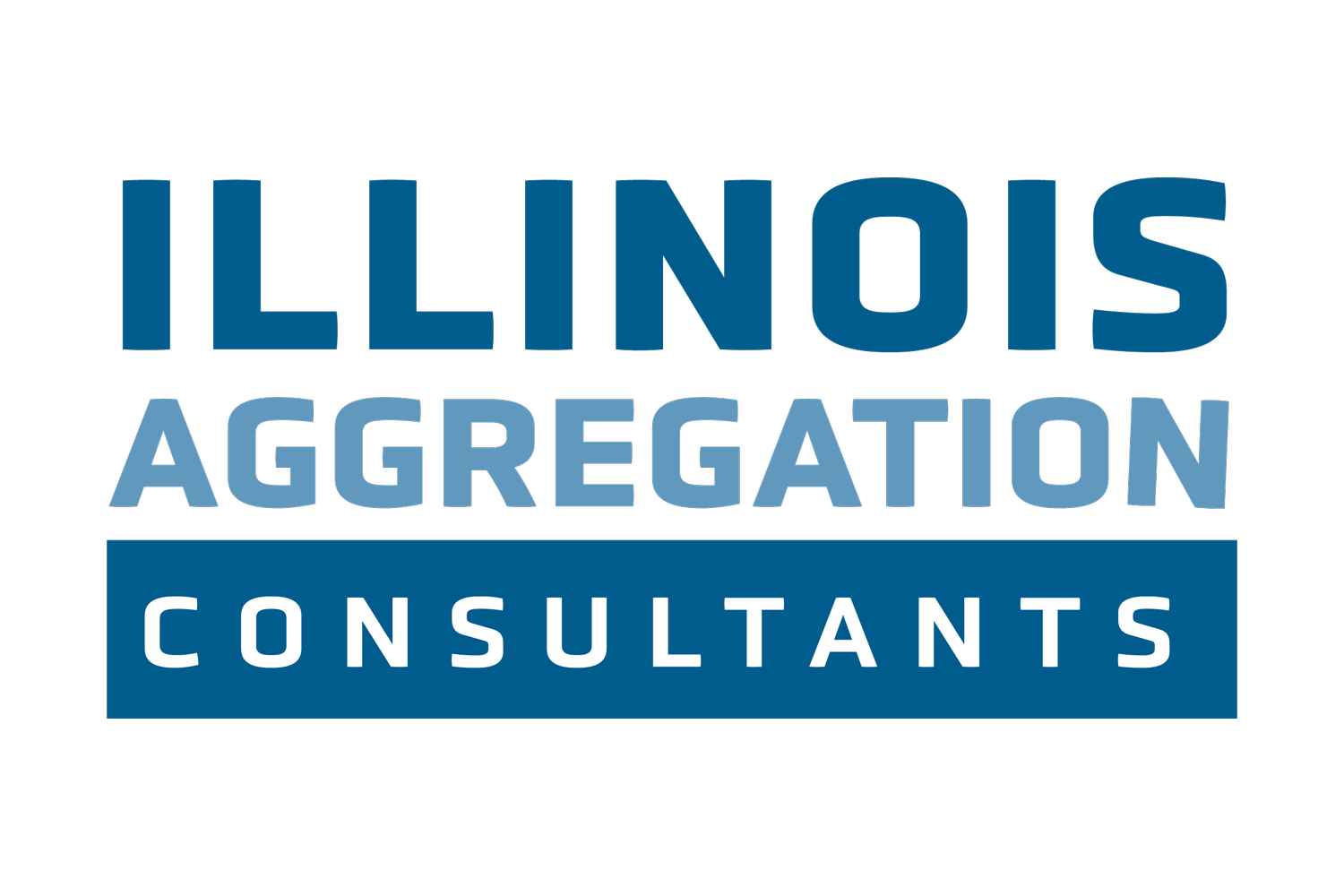
The Story of Electricity in Illinois: Price Competition and Customer Choice and Steps to Combat Climate Change
Municipal Electric Aggregation brought twofold successes to Illinois residents and the communities in which they live, work and play. From 2011 to 2018, residents in many communities cumulatively saved hundreds of millions of dollars on their own home electric bills. In 2018, programs pivoted to a focus on sustainability and engaged programs with Renewable Energy Generation Sources as residents lobbied for more options while pricing from the Electric Utility achieved ten year lows.
100 years ago, in 1921, the Illinois General Assembly enacted the Public Utilities Act which transferred powers to the new and independent agency: the Illinois Commerce Commission. Within seven years, the Commission had installed its first African American Commissioner, Daniel M. Jackson.
The “Father” of Customer Choice: Philip R. O’Connor, PhD
In 1997, the State Legislature passed the Illinois Electric Service Customer Choice and the Rate Relief Law which deregulated electric supply, a brainchild of Philip R. O’Connor,* former Chairman of the Illinois Commerce Commission. This enabled ratepayers in Illinois to purchase power from alternative suppliers. Said he in 2015, “If I’ve had a theme for the good part of my life it’s that the markets do a better job of regulating and the trick is to figure out how to take the constraints off the market or to have good market rules so that the market can do its job.”
Illinois grew to become the largest exporter of energy of the Great Lakes States, producing 140% of usage. This enabled more flexibility and fluidity, creating a bit of a buyers’ market, largely due to the nuclear plants. All other Great Lakes States are net importers.
Aggregation Law Signed
On August 10, 2009, Governor Quinn signed into law Public Act 096-0176, enabling municipalities to arrange for electric supply for their residents and small business owners in bulk purchase by way of Municipal Aggregation. Communities presented a Referendum question in a local election, and by 2021, voters in 750 communities passed such a referendum in their community by majority vote. The Referendum question read:
“Shall the [municipal name here] have the authority to arrange for the supply of electricity for its residential and small commercial retail customers who have not opted out of such program?”
We worked with the first communities to establish such a program in 2011, and scores more followed suit in 2012. The Illinois Commerce Commission’s Office of Retail Market Development reported that as of July 25, 2022, 514 municipal electric aggregation programs were actively ongoing in the State (of a total 749 municipal entities eligible to engage such a program).
Incredible Financial Success for Illinois Residents
How has Customer Choice, otherwise referred to as price competition or deregulation of electric supply, affected Illinois? In 2000, Illinoisans paid an average 1¢ per kWh above the national average. By 2013, Illinois costs dropped to 2¢ below the national average for electric supply costs. Competitive pricing has shown to be extremely effectual in terms of both driving prices lower and ensuring production remains robust in the State.
Over the years, regulations have been updated to ensure that alternative supply options best serve the end consumer. By January 1, 2020, no alternative supplier had the right to charge an early termination fee for a ratepayer to vacate any contract at any time, thus freeing some unsuspecting Illinois residents from high fees and enabling contracts more in their favor.
Ratepayers have saved tens of millions of dollars, cumulatively, in programs we have overseen on their own personal ComEd bills. As the ComEd rate declined over the decade, many aggregation programs pivoted to include Renewable (Green) Energy Generation, procured at zero added cost to the ComEd rate.
More municipalities are engaged in a municipal electric aggregation program in Illinois than in all other states combined.
2021 and Beyond…The Climate and Equitable Jobs Act (CEJA)
Governor Pritzker signed CEJA (Public Act 102-0662) on September 15, 2021. The 956-page Act budgets $580 million a year for wind and solar development with goals to increase the State’s renewable energy standard to 50% by 2045 and strengthens diversity and equity in labor standards. in 2022, Illinois Solar For All is launched across the State of Illinois, enabling low-income customers to enroll in community solar for significant potential cost savings on their power supply.
*The late Philip R. O’Connor served as an assistant to California Senator Majority Leader George Moscone (D). Although O’Connor backed notable Democrats in California campaigns, he identified as somewhat conservative in outlook, a traditionalist. O’Connor served as an advisor to the Iraqi Ministry of Electricity from 2007 to 2008, working in the US Embassy in Baghdad.
